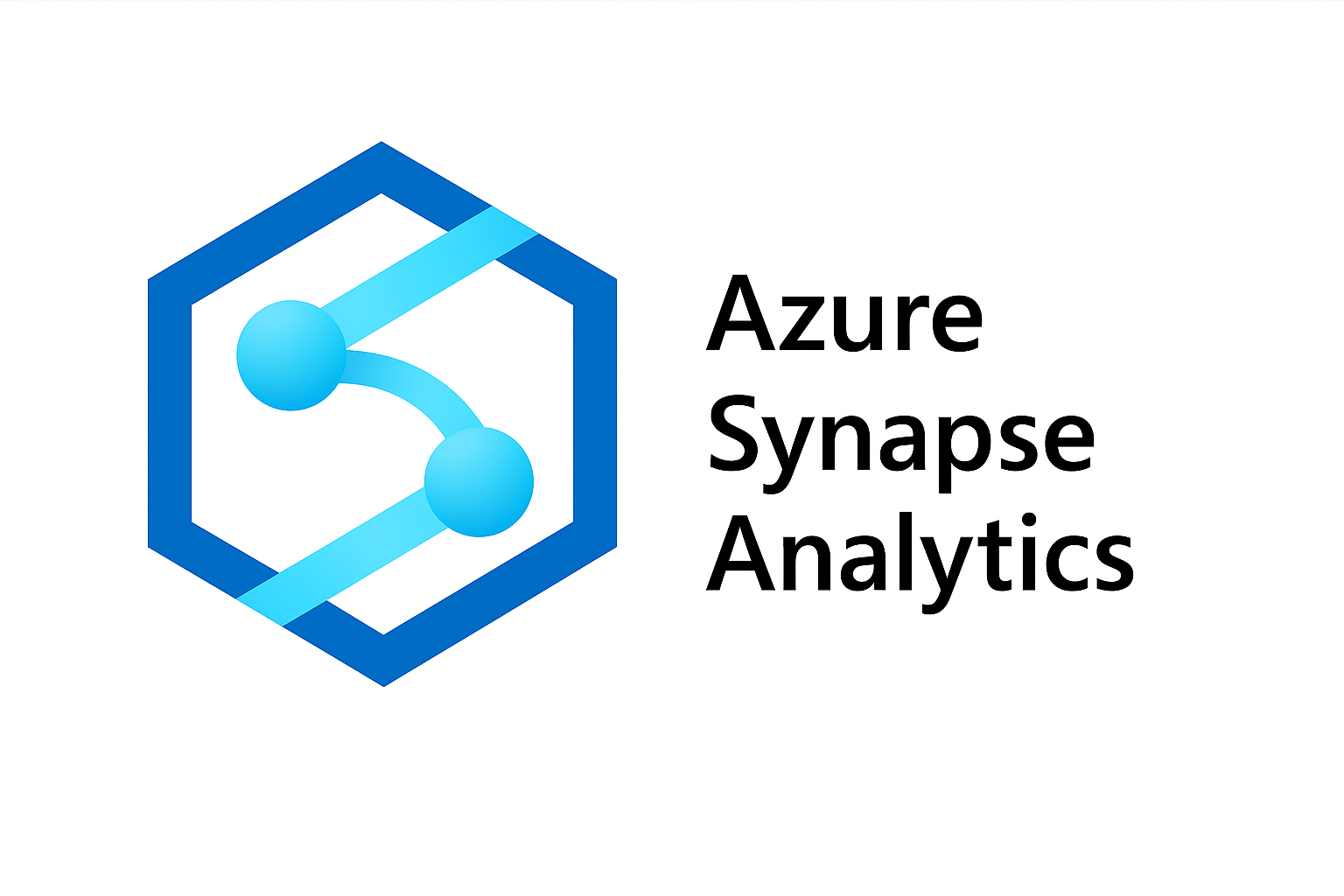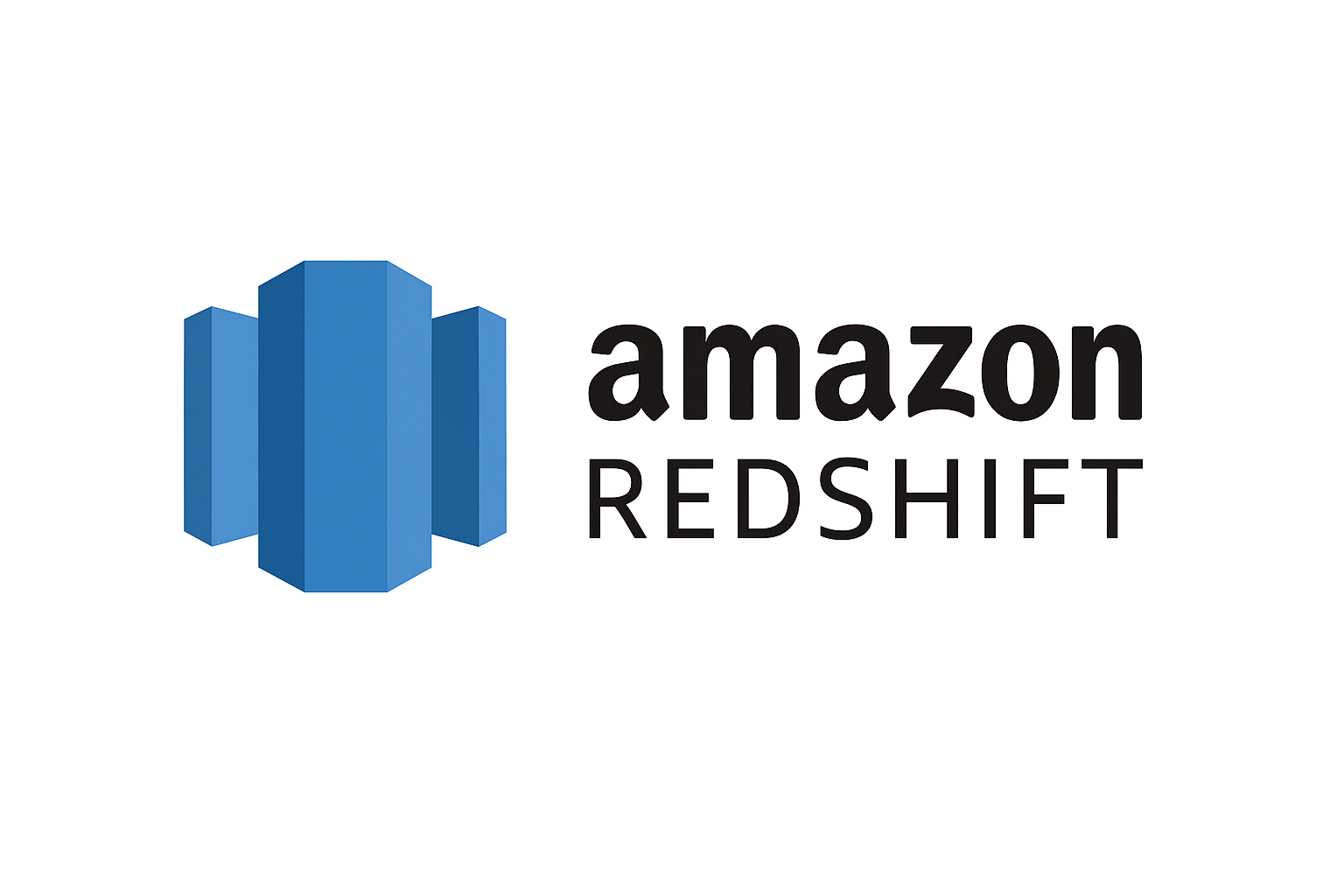What is Cloud Data Analytics: Unveiling Insights, Transforming Businesses
Summarize this article with:
✨ AI Generated Summary
Cloud data analytics enables businesses to efficiently process massive datasets with scalable, cost-effective cloud infrastructure, overcoming limitations of traditional on-premises systems. Key benefits include real-time processing, AI/ML integration for automated insights, and flexible deployment models (public, private, hybrid) tailored to security and scalability needs. Popular tools like Amazon Redshift, Google BigQuery, and Microsoft Synapse support advanced analytics, while modern architectures such as Data Lakehouse and Data Mesh enhance adaptability and governance.
- Scalability and cost efficiency with pay-as-you-go cloud resources
- AI/ML integration automates pattern recognition, predictive modeling, and data quality monitoring
- Hybrid cloud models balance control, security, and flexibility
- Use cases include customer behavior analysis, supply chain optimization, and credit risk assessment
- Integration platforms like Airbyte simplify data connectivity and reduce vendor lock-in
Businesses today face an unprecedented challenge: extracting actionable insights from exponentially growing data volumes while managing costs and maintaining competitive agility. Traditional on-premises analytics infrastructure creates bottlenecks that prevent organizations from leveraging their data assets effectively, often requiring significant capital investments and specialized expertise that many enterprises cannot justify. Cloud data analytics emerges as the strategic solution that transforms this challenge into competitive advantage, enabling organizations to process massive datasets, implement advanced AI capabilities, and scale analytics operations dynamically based on business demands.
By leveraging cloud infrastructure for data analysis, enterprises can eliminate the traditional trade-offs between analytical power and operational flexibility while accessing cutting-edge technologies like machine learning, real-time processing, and automated insights generation that drive data-driven decision-making across all business functions.
What is Cloud Data Analytics?
Cloud data analytics involves storing, analyzing, and interpreting enormous datasets using cloud-based resources and services. It provides similar functionalities to traditional data analysis—data exploration and transformation, statistical analysis, visualization, etc.—but shifts processing and storage operations to a public or private cloud. For even faster processing, businesses may choose a fast dedicated server to maximize performance on intensive analytics tasks. This approach offers scalability, flexibility, and cost-effectiveness, allowing you to extract valuable insights efficiently. Popular cloud-based analytics services include Amazon Redshift, Google BigQuery, and Microsoft Azure Analytics.
This extends your capability to work with massive amounts of complex data using algorithms and cloud technologies. Cloud-based data analytics is also often associated with artificial intelligence (AI), machine learning (ML), and deep learning (DL) models.
What Are the Different Types of Cloud Analytics Models?
There are three cloud analytics models in cloud computing—public, private, and hybrid. You can choose any model depending on your environment.
Public Cloud Analytics
Public cloud analytics refers to utilizing cloud computing resources and services from third-party providers to process and analyze data. You can use the same resources, such as infrastructure and software offerings provided by cloud service providers, without sharing your data and applications with others.
Private Cloud Analytics
Private cloud analytics involves using analytics tools and services within a private cloud infrastructure. The private cloud delivers services similar to the public cloud but is located in an on-premises data center or hosted offsite on a dedicated server on a third-party infrastructure. This provides more security and control over data than public cloud solutions, allowing you to leverage data driven insights while maintaining a more customized and secure computing environment.
Hybrid Cloud Analytics
Hybrid cloud analytics involves utilizing public and private cloud services and resources for data analysis. A hybrid cloud allows you to leverage the public cloud's scalability and cost-effectiveness while retaining control over sensitive data through private cloud components. Hybrid cloud analytics is designed to offer flexibility and optimize computing resources based on specific workload requirements and security considerations.
What Are the Key Benefits of Cloud Data Analytics?
On-premises analysis might lead to several limitations—high initial capital expenditures, inhibited scalability, and limited adaptability. Transitioning to cloud data analytics addresses these challenges, offering several benefits:
- Scalability: Cloud platforms allow you to scale your analytics infrastructure up or down based on your needs.
- Cost Efficiency: With cloud analytics, you only pay for the resources you use.
- Accessibility: Analytics on the cloud provide access to data and insights from anywhere with an internet connection.
- Real-time Processing: Many cloud platforms support real-time data processing, enabling timely, informed decisions.
- Collaboration: Cloud analytics tools often come with collaborative features, allowing multiple users to work on data analytics projects simultaneously.
- Integration with Other Cloud Services: You can seamlessly integrate analytics with other cloud services, simplifying the creation of comprehensive solutions.
Which Tools Are Most Effective for Cloud Data Analytics?
Cloud data analytics tools are software solutions hosted on cloud platforms that help you analyze and derive insights from large volumes of data. Some popular tools include:
1. Power BI

Key functionalities:
- Data transformation with Power Query.
- Advanced calculations and modeling through DAX.
- Tight integration with Excel, Azure, and SQL Server.
2. Microsoft Synapse Analytics

Key functionalities:
- Integration of advanced analytics and machine learning.
- Ability to query external sources like Azure Blob Storage via T-SQL.
3. Amazon Redshift

Key features:
- Columnar storage for optimized query performance.
- Massively parallel processing architecture.
- Encryption, VPC support, and IAM for security.
4. Google BigQuery

Key features:
- Distributed, serverless architecture with high scalability.
- ANSI SQL support for familiar querying.
5. IBM Cognos

Capabilities:
- Built-in AI for automated analytics and insight generation.
- Ad-hoc querying and predictive modeling.
6. Looker

Key features:
- Semantic modeling layer (LookML) for a consistent data view.
- Blocks/Looks for reusable queries and interactive exploration.
How Do AI and Machine Learning Transform Cloud Data Analytics?
Artificial intelligence and machine learning integration represent the most significant advancement in cloud data analytics, fundamentally changing how organizations extract insights from their data. Modern cloud analytics platforms embed AI capabilities directly into their infrastructure, enabling automated pattern recognition, predictive modeling, and intelligent data processing without requiring specialized data science expertise.
Machine learning models deployed in cloud environments can process massive datasets in real-time, identifying trends and anomalies that would be impossible to detect manually. Cloud providers now offer pre-built AI services that integrate seamlessly with analytics workflows, including automated data quality monitoring, intelligent schema detection, and dynamic optimization of query performance. These capabilities enable predictive maintenance in manufacturing, fraud detection in financial services, and personalized recommendation systems in retail.
The democratization of AI through cloud analytics platforms allows business users to leverage sophisticated algorithms without deep technical knowledge. Natural language processing interfaces enable conversational data exploration, while automated machine learning (AutoML) services help organizations build and deploy predictive models with minimal manual intervention.
What Modern Architectural Patterns Are Reshaping Cloud Data Analytics?
- Data Lakehouse – Combines the scalability and cost-effectiveness of data lakes with the performance and reliability of traditional warehouses using open table formats like Apache Iceberg.
- Data Mesh – Decentralizes data ownership, treating data as products owned by domain-specific teams while maintaining governance through federated standards.
- Real-time Streaming Architectures – Integrate edge computing to process data at its source, reduce latency, and enable immediate action on critical business events.
The convergence of these patterns enables organizations to build adaptive analytics ecosystems that evolve with changing business requirements while maintaining governance and cost efficiency.
What Are the Essential Components of Cloud Data Analytics?
Data Sources
Origins from which raw data is retrieved—databases, IoT devices, social media, enterprise apps.
Data Integration
Combines data from multiple sources into a unified view, handling both structured and unstructured data.
Data Processing
Transforms raw data via filtering, sorting, aggregation; performed automatically and at scale in the cloud.
Data Storage
Secure, scalable cloud storage for easy access and retrieval of analyzed data.
Data Analytics
Includes real-time analytics, machine learning, and predictive modeling for actionable insights.
What Are the Most Impactful Use Cases of Cloud Data Analytics?
Customer Behavior Analysis
Identify purchase behaviors and preferences to create targeted marketing strategies and improve sales.
Supply Chain Management
Gain real-time visibility to optimize inventory, reduce costs, and improve delivery timelines.
Credit Risk Assessment
Analyze massive financial datasets for fraud detection, risk appraisal, and market trend forecasting.
How Can You Leverage the Power of Cloud Data Analytics with Modern Integration Platforms?
Airbyte simplifies cloud data analytics with connectors to a wide range of data sources and destinations such as cloud applications, databases, data warehouses, APIs, and file systems. With Airbyte you can:
- Quickly connect multiple sources and load them into your target system.
- Build custom connectors using the Connector Development Kit, low-code tools, or Connector Builder.
- Use CDC to replicate only changed data for near real-time insights.
Airbyte's source-available foundation (under the Elastic License 2.0) reduces vendor lock-in while offering 600+ pre-built connectors that eliminate custom development overhead. Direct-to-warehouse loading reduces processing costs while maintaining data quality and governance standards essential for reliable analytics.
Conclusion
Cloud data analytics has become a necessity for modern businesses, removing the cost and scalability limits of on-premises systems. It enables organizations to process massive datasets, integrate AI and machine learning, and access real-time insights that improve decision-making across every function. With flexible models like hybrid and multi-cloud, companies can balance scalability with compliance and security while staying adaptable to change. In short, cloud analytics turns data into a true driver of innovation and competitive advantage.
FAQs
What is the main advantage of cloud data analytics over on-premises analytics?
The biggest advantage is scalability. With cloud analytics, businesses can scale resources up or down based on demand without heavy upfront investments in infrastructure. This flexibility reduces costs while enabling faster innovation.
Can small and mid-sized businesses benefit from cloud analytics?
Yes. Cloud platforms are not just for enterprises—they provide pay-as-you-go models that make advanced analytics accessible to smaller organizations without requiring large IT teams or capital investments.
How do AI and machine learning enhance cloud analytics?
AI and ML help automate data preparation, identify hidden patterns, and deliver predictive insights. Integrated services like AutoML and natural language queries make advanced analytics more accessible to non-technical users.
What are some common challenges in adopting cloud analytics?
Challenges often include data migration complexity, integration with legacy systems, compliance with industry regulations, and ensuring governance across hybrid environments. Careful planning and the right integration platforms can mitigate these issues.
How do organizations choose the right cloud analytics tool?
The best tool depends on specific needs—such as query speed, integration requirements, security standards, and cost structure. Popular options like BigQuery, Redshift, Synapse, and Looker each have unique strengths that align with different business priorities.

.webp)
